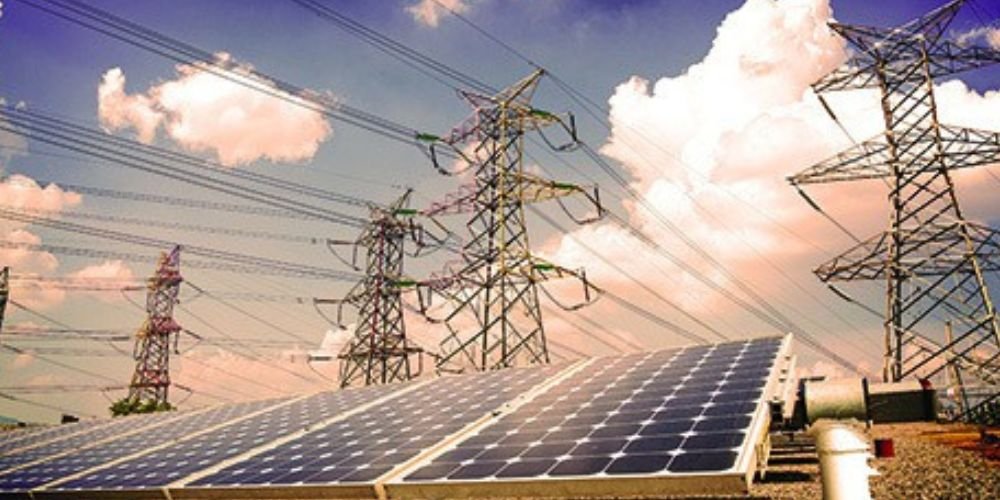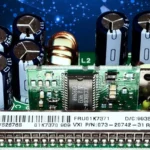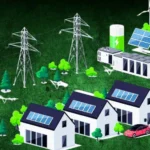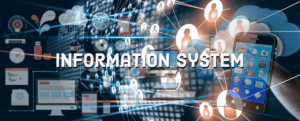Grid integration, incorporating diverse energy sources into a unified power grid, is crucial to transitioning towards a sustainable energy landscape. However, this journey is not without its challenges. This comprehensive exploration delves into the intricacies of grid integration challenges, unraveling their fundamental nature, key components, recent innovations, notable applications, and their transformative impact on reshaping the grid infrastructure and energy systems.
Understanding Grid Integration Challenges
Grid integration challenges arise from seamlessly incorporating renewable energy sources, advanced technologies, and evolving consumer demands into existing power grids. The complexity stems from the dynamic nature of energy generation, transmission, and distribution, requiring innovative solutions to ensure grid stability, reliability, and efficiency.
Key Components of Grid Integration Challenges
The core components of grid integration challenges contribute to its complexity, requiring solutions that address issues related to:
- Intermittency of Renewable Energy Sources: The unpredictable nature of renewable energy generation, particularly from sources like solar and wind, creates challenges in matching energy supply with demand.
- Grid Reliability and Resilience: Maintaining a stable and resilient grid infrastructure becomes challenging when integrating fluctuating renewable energy sources and dealing with potential disruptions.
- Storage and Transmission Capacity: Limited energy storage capacity and transmission constraints hinder the efficient storage and transmission of electricity, especially over long distances.
Recent Innovations in Addressing Grid Integration Challenges
Recent innovations have sought to address grid integration challenges, introducing new technologies, strategies, and frameworks to enhance the stability and efficiency of integrated energy systems.
Energy Storage Technologies
Advancements in energy storage technologies, such as batteries and pumped hydro storage, mitigate the intermittency of renewable energy sources. These technologies store excess energy during periods of high generation for use during periods of low generation.
Smart Grid Technologies
Integrating smart grid technologies involves using sensors, communication networks, and advanced control systems to monitor and manage energy flows in real time. Smart grids enable improved grid reliability, demand response, and the integration of distributed energy resources.
Advanced Forecasting and Predictive Analytics
Advanced forecasting models and predictive analytics help grid operators anticipate energy supply and demand changes, enabling more proactive decision-making to maintain grid stability.
Notable Applications of Addressing Grid Integration Challenges
Addressing grid integration challenges has diverse applications across various segments of the energy sector, contributing to a more reliable, resilient, and sustainable energy infrastructure.
Renewable Energy Integration
Overcoming the intermittency of renewable energy sources allows seamless integration into the grid, reducing reliance on traditional fossil fuels and contributing to a cleaner energy mix.
Microgrid Deployments
The development of microgrids, localized energy systems that can operate independently or in conjunction with the main grid, addresses grid reliability and resilience challenges, particularly in remote or critical infrastructure locations.
Challenges in Addressing Grid Integration Challenges
Despite significant advancements, addressing grid integration challenges faces its own set of obstacles that impact widespread adoption and effectiveness. Identifying and overcoming these challenges is crucial for successfully transitioning to a more integrated and sustainable energy landscape.
Regulatory Frameworks
Current regulatory frameworks may not be fully equipped to accommodate the complexities of grid integration, hindering the implementation of innovative solutions and creating barriers to entry for emerging technologies.
Infrastructure Upgrades and Investments
The need for substantial upgrades to existing grid infrastructure and significant investments in new technologies poses a challenge, requiring coordinated efforts from policymakers, utilities, and industry stakeholders.
Future Trends in Addressing Grid Integration Challenges
The trajectory of addressing grid integration challenges indicates exciting trends that will further redefine its capabilities and applications. These trends promise to enhance flexibility, promote sustainability, and foster resilience in the face of evolving challenges.
Grid Modernization Initiatives
Ongoing grid modernization initiatives focus on upgrading aging infrastructure, incorporating advanced communication technologies, and implementing real-time monitoring to create a more agile and responsive grid system.
Decentralized Energy Systems
The rise of decentralized energy systems, facilitated by distributed generation and microgrids, is expected to be pivotal in addressing grid integration challenges by creating more localized and resilient energy networks.
Conclusion
Grid integration challenges underscore the complexity of transitioning to a more sustainable and integrated energy landscape. From addressing the intermittency of renewable energy sources to enhancing grid reliability through advanced technologies, the impact of these challenges extends across diverse sectors. Despite hurdles, ongoing innovations in energy storage, smart grid technologies, and regulatory frameworks signal a promising future for addressing grid integration challenges. As research and development push the boundaries of what is possible, addressing grid integration challenges is poised to play a central role in shaping a more reliable, resilient, and technologically advanced energy infrastructure.












